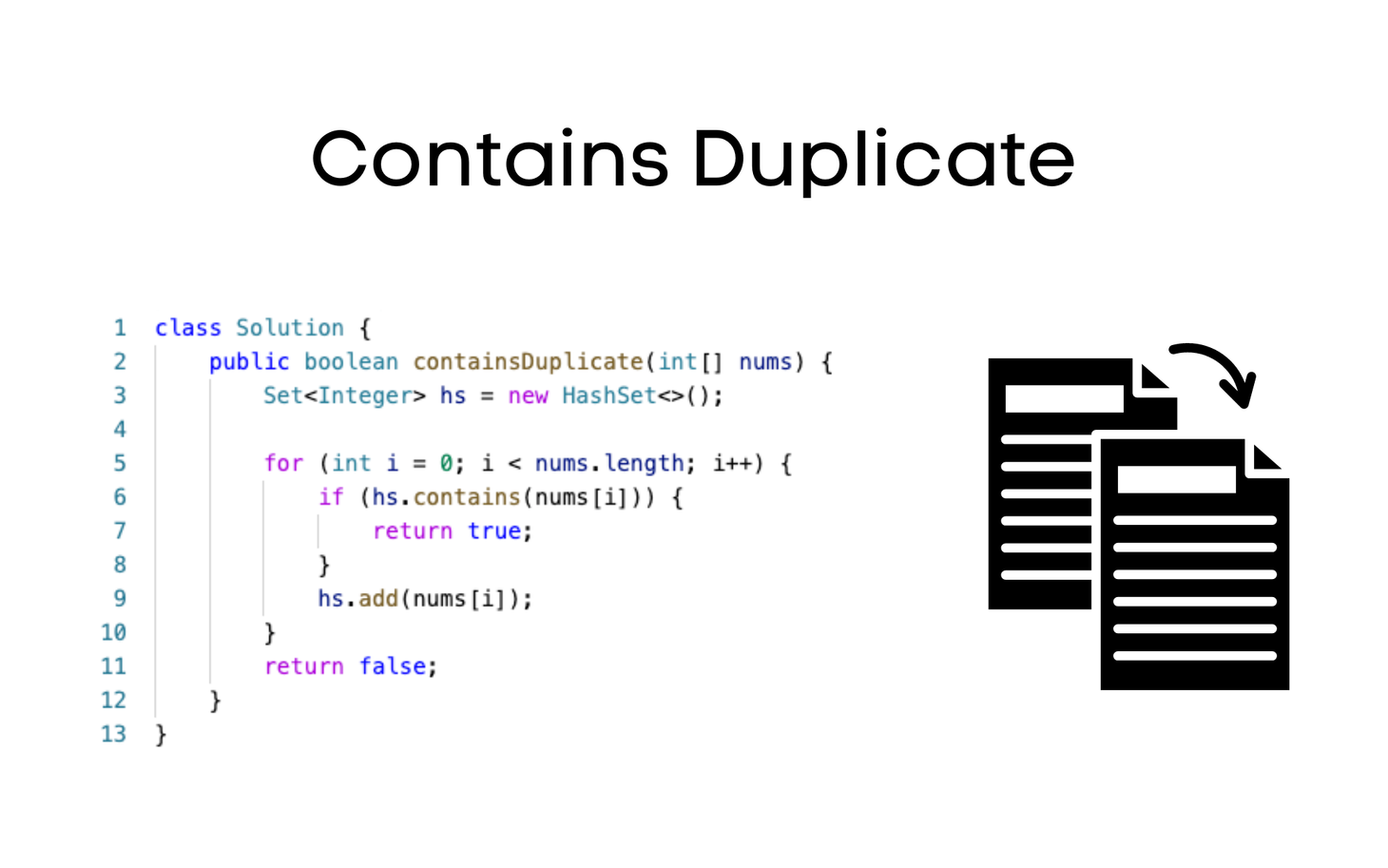Array Deletions and Shifting Algorithms
In this lesson, you will learn about an array of deletion and shifting algorithms with illustrations and code examples.
Course Overview "Arrays Mastery For Coding Interviews" is a comprehensive program designed to provide an in-depth understanding of arrays, a fundamental data structure in computer science. The course covers various topics, including array manipulation, multi-dimensional arrays, dynamic arrays, and common algorithms. Students will learn through theoretical lessons and
This lesson will teach you how to find the duplicate element using a hashing algorithm.
